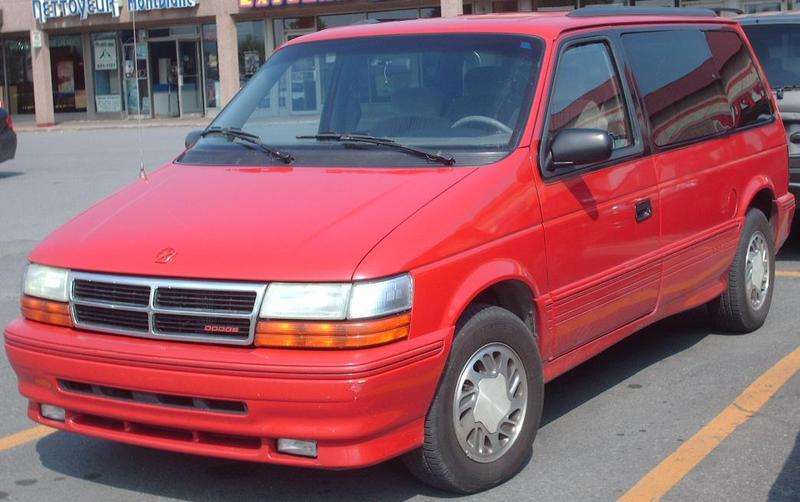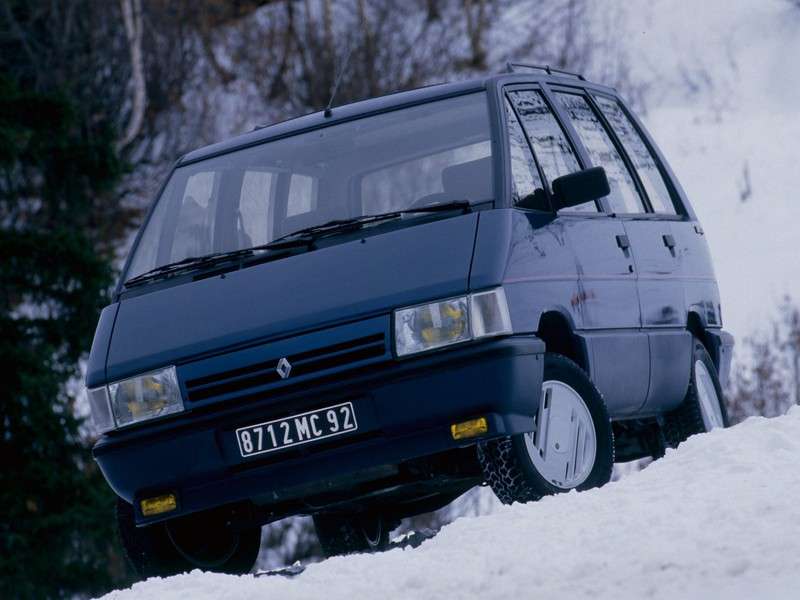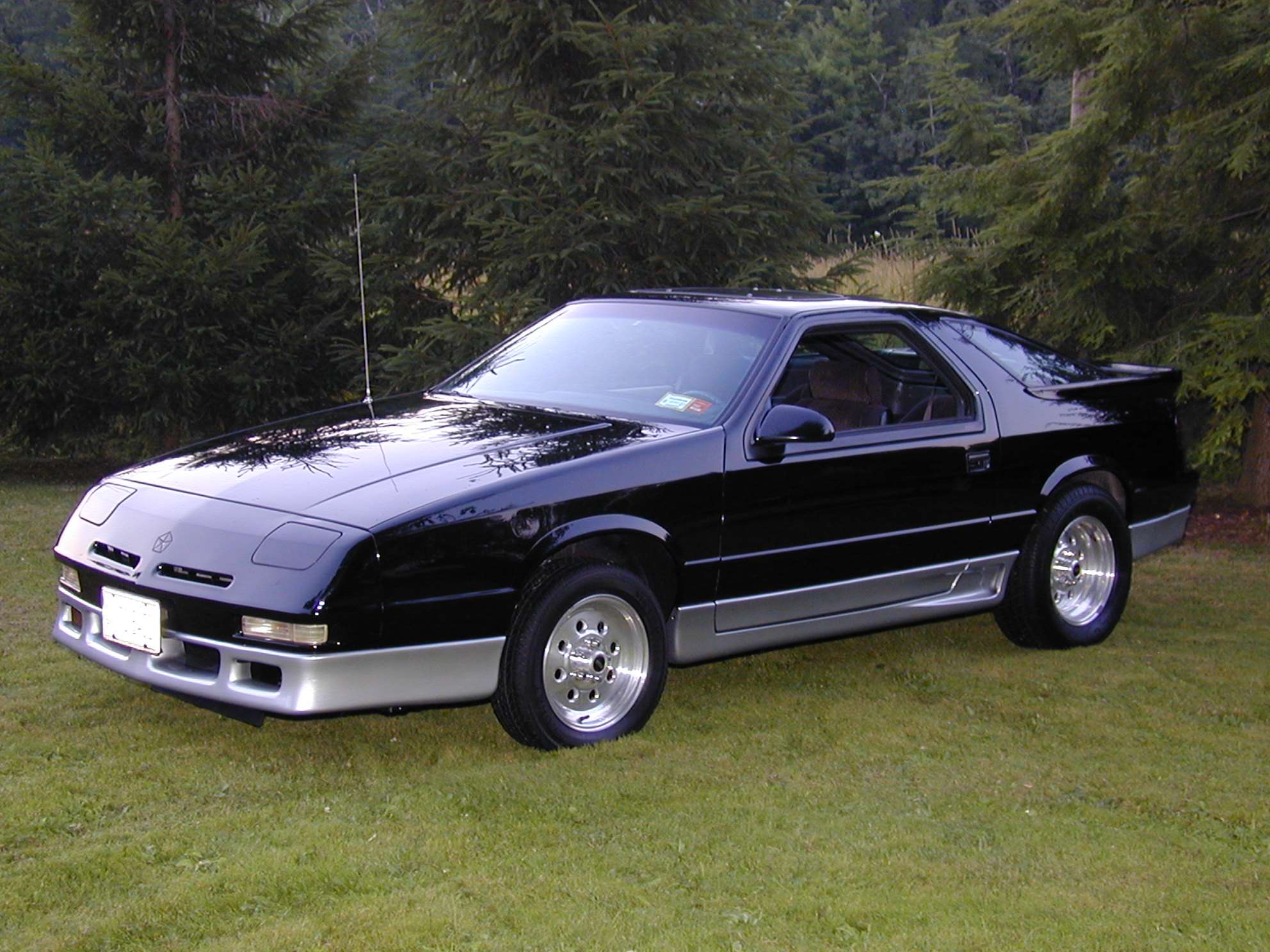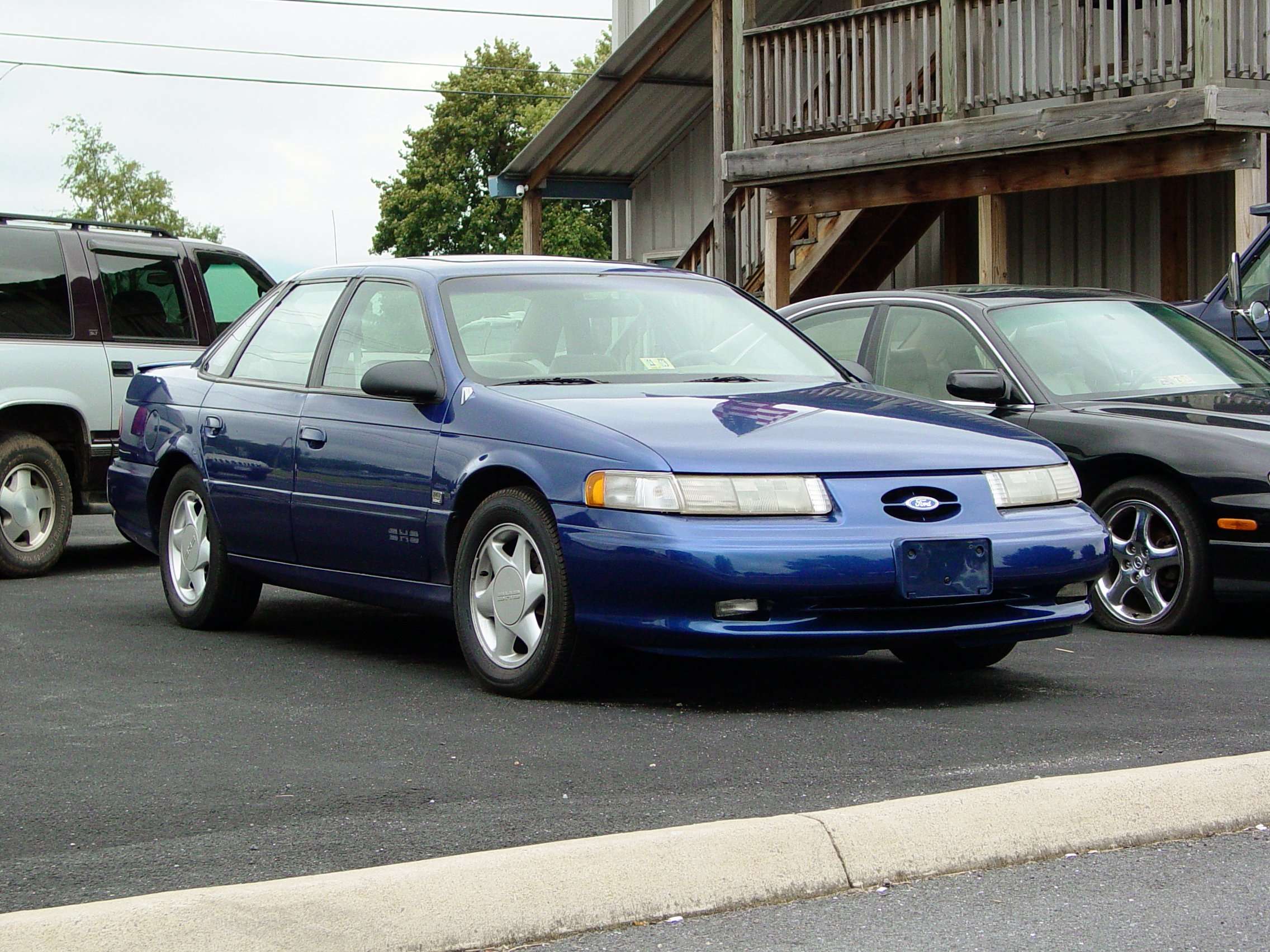Part 5 - New People, New Times and New Cars
With the blockbuster launches of 1981, and the strikes of 1981-82 having stunned America and having had an effect on the nation's politics, the 1980s headed into a decadent time.
For starters, the strikes in 1981 ended with the unions getting their way and the professional air traffic controllers getting re-hired, a backdown that was hugely embarrassing for President Reagan - but one which showed that he and the Democrats could work together. Having succeeded at stopping what they viewed as an unjust firing, the unions headed out against other injustices, but found a surprise waiting for them which was due to be their minefield, namely that Walter Reuther's statements in the late 1970s that labor and management could find a way to coexist were starting to come true.
A new generation of workers was entering the workplace in America, the baby boomers moving into positions of power and influence. They came in having a strong desire to better themselves, but this generation was also smart enough to see that they needed to all be better off if they themselves were to benefit. This led to the confidence of the times being matched in aggressive actions to expand both America's wealth and the prosperity of its working classes, figuring that if the working people prospered than so would the management classes. These people were legion in Detroit by the middle of the 1980s, and while the men on top were still heavily suspicious of the UAW's motives and the UAW was suspicious of the company and its bargainers, the middle levels of management were soon full of those who saw the UAW as a potential asset. This led to many actions by all of the makers to improve the quality of work life for the employees.
"
When I first walked into River Rouge (the famed Ford assembly plant in Dearborn, Michigan), I went to see one of the plant managers, wanting to tell him about the Quality of Job One and Our Company is Our People plans. I found him in the middle of the plant screaming at an employee over having to use the bathroom. The man looked ill to me, and yet this man wasn't even thinking of it. I demanded he stop yelling at him, to which he turned to me and said 'another blankety-blank accountant'. I put my hand on the guy's shoulder and said 'son, you know why we need programs to make our people's lives better? That. Right there.' I could see he was sick, and I told him to go home. When the plant manager protested, he said 'are you serious?' to which I answered 'well, I don't know whether you take it seriously, but as far as I can tell, I'm serious.' That went around Rouge in about a New York Minute, and I never had trouble there again."
-- Former President of Ford Motor Company, Donald Petersen, speaking in
The American Auto Factory, 2006
"
Guys were hearing about the new plants at Bowling Green and Tacoma and the rebuilt plants at Baltimore and South Gate and Janesville and asking 'why can't we get all of that stuff?' When I asked GM management about that in 1982, I was given an answer 'We haven't gotten to all of the plants, yet.' I responded to that by asking 'so, all of GM's plants are gonna get all of that?' I must admit I was stunned when the guys at GM said 'Yes.' I didn't think they were willing to spend the money. But by the end of the eighties, they had kept their word. I hated to admit it, but it was true. The guys were working in better plants, and they made better cars as a result. We went into the eighties wanting to hate on another. By the end of the eighties, they were listening to us for real. By the end of the nineties, they were raising up ideas to help us. It was stunning to me, but I had to re-evaluate everything I had ever thought about Detroit."
-- Former UAW President Douglas Fraser, In an Interview with the Detroit Free Press, May 2004
The result of this 1980s push was political changes, too - so much so that when Fraser began his push to get universal health care in the United States in 1983, he had little trouble getting it, and his vocal opposition to the bitter Arizona Copper Mine strikes of 1983 gave much support to the miners, to the point that the copper miners got most of what they wanted and would end up heading back to work. Labor's strikes had raised their concerns, and the decisions of the American managerial class in the 1980s meant that it would not be a long time before things changed in America. The United States in the 1980s moved to a much more confrontational position with the Soviet Union and states they disagreed with, and while Ronald Reagan's loss to Ted Kennedy and Henry M. Jackson in the 1984 Presidential election changed a great many things, it did not change the strong-arm foreign policy and it did not change major economic policies. It did, however, have a huge change for the automakers in 1986, when President Kennedy passed the "Advancement of American Health Care Act" in May 1986, which opened up the Medicare Program to those who wished to buy in and enacted substantial legislation to control the industry to ensure affordable healthcare for all Americans - and the ability to buy into Medicare made sure that the insurance companies paid attention.
To nobody's surprise, being both huge industries that were heavily unionized, the American automakers were among the first one to feel the changes. Chrysler's survival had in large part come from the UAW being willing to deal with Chrysler, and the middle management made sure that the automakers paid back the guys who had given up concessions to help keep the business alive - for example, when Chrysler had started selling the Peugeot 205 in North America, Chrysler reactivated its mothballed plant in Hamtramck, Michigan, to make it in North America - much to Peugeot's initial unhappiness, who wanted its plants in France to supply the cars. Despite the acrimonious relationship between GM President Roger Smith and Fraser, particularly after Smith and many of his board of directors voted themselves multi-million-dollar bonuses hours after extracting billions in wage concessions from the UAW (An act that ultimately saw Smith fired), after the rocky 1973-81 period, labor peace was the rule in Detroit, and the vehicles they built improved steadily in quality from an already good standard.
In the middle of this, the imports began setting up in North America. Nissan began operations in Smyrna, Tennessee, in 1982, followed a year later by Honda in Marysville, Ohio and in 1984 by Volkswagen in Westmoreland, Pennsylvania. It was something of a surprise to the Japanese that the plants in the United States had workers that were just as diligent as their Japanese counterparts, and even more to their surprise, they were rather more co-operative. The UAW attempted to unionize both Japanese facilities and failed, though they succeeded in unionizing the Volkswagen plant in Pennsylvania in 1985. Honda by the 1990s would go so far as to import cars into Japan from the United States for a while.
The Detroit automakers rolled through the 1980s developing better and better designs. General Motors' Quad-Four engine design spawned a second new engine, the PowerSix, a V6 engine family of 3.2 to 4.4 liters that would be used in a variety of applications from mid-sized sedans to pickup trucks, with the Power-Six debuting on the Chevrolet Celebrity, Pontiac 6000 and Buick Regal in 1984, as the new A-bodies replaced the unloved X-bodies. The engine was also soon used in a variety of cars from all GM divisions, as well as the Chevrolet S-10/GMC Sonoma pickups and the Chevrolet Astro/GMC Safari minivans. The A-bodies themselves were quality units, much better than the X-bodies, and while the Celebrity was meant as a fairly conventional mid-sized sedan, the Pontiac 6000 was meant as a fun car to rival cars like the BMW 3-Series and the Buick Regal was meant as middle-level luxury car. It did these jobs fairly well, with the 6000 having a 3.4-liter version of the PowerSix engine and a Getrag-built six-speed manual transmission as standard equipment, which made the 6000 a genuinely quick car.
Ford went even further than that, releasing the Taurus to a world of fanfare in 1985. Dubbed the "Car of the Future" in press releases, the Taurus was meant to be an executive car in Europe and a strong mid-sized contender in North America, and its 'aero-style' design, similar in language to the Escort, Sierra and Thunderbird, was a handsome machine. Designed to handle more like a sports car, Ford touted that they had tuned the suspension of the Taurus in Germany and America, and boasted of many high-speed test runs to see how the car handled at high speeds. Their touting was very proud, but it didn't take long to see why they were cocky. The Taurus used a variety of powerful engines, the king of which was the Taurus SHO's supercharged 3.0-liter V6, designed and built by Yamaha, capable of making 285 horsepower. The Taurus included both a high-quality and luxurious interior, with some neat options available, including one of the first CD players in a car, cellular phone, power seats with power-adjusted lumbar and side support, a high-tech digital dash (an option that most Taurus had) and even an all-glass roof, the last an expensive option but one which a fair number of cars had. A radical design, the Taurus was a big gamble for Ford - and one that most at GM and Chrysler figured would fail in favor of more conventional medium-sized sedans.
They would be disappointed, as the Taurus would go on to be a reasonable success in Europe and a rousing success in America. Ford's President at the time, Donald Petersen, boasted of how he had left his chaffeur-driven Lincoln at home and bought a loaded Taurus to drive himself to work every day. It was soon also frequently used by American embassies in Europe, even some used as staff cars for American armed forces around the world.
A 1987 Ford Taurus SHO
"
One can't be mad at the gamble. Ford decided to step up to the future, and boy did they hit a home run. The Taurus is not merely a good car like the Escort and Sierra, it is a great car. It really is not just a pretty face, it is a massive cut above the competition, a luxury car at a mid-sized price, a machine that is so impressive it defies conventional wisdom. American cars have never better than this, and if this is the future, we love it."
-- Motor Trend, stating the rationale for the Taurus being their car of the year for 1986
GM had a surprise of its own, but in a totally different market, and one which had been pretty lonely for a long time - small sports cars.
The market dominated for decades by the British had effectively been abandoned by them. British Leyland's financial problems in the 1970s and the abysmal build quality of many of the cars had contributed to them becoming rare pieces by the end of that decade, with the Triumph TR7/TR8 departing the American market in 1979 and the MG MGB in 1980. But as the number of people wanting a good small sports car grew in the 1980s, they found a handful of good choices, the most common of which was the Alfa Romeo Spyder. But with Chrysler's sale of the Matra Murena showed that the market was real, and in 1984, both General Motors and Toyota jumped in it with both feet, bringing out the Pontiac Fiero and Toyota MR2. The Fiero, powered by the Quad-Four engine, was the larger and quicker of the two, though they were pretty much even on handling. Both cars were fantastic drivers, and it didn't take many drives in either the 185-horsepower, 30-mpg Fiero or the 125-horsepower, 34-mpg MR2 to win over a convert to the love of driving. Compared to the Murena, the Fiero and MR2 were both quicker, though the Murena was a hoot to drive as well and the looks were totally a matter of taste. And to nobody's surprise, the three spent the 1980s as rivals - and big ones. All three were excellent commuter cars when they weren't out driving fast, and many of the people who bought them would say that they would use these cars to drive to work and do everyday errands that didn't need more than two seats, as well as having great fun when the opportunity presented itself. The Fiero was an instant score for GM, despite some niggling troubles with electrical components and potential engine fires, the Fiero sold extremely well, and GM could loudly say they had a car that nobody else in Detroit had any answer to and not be lying.
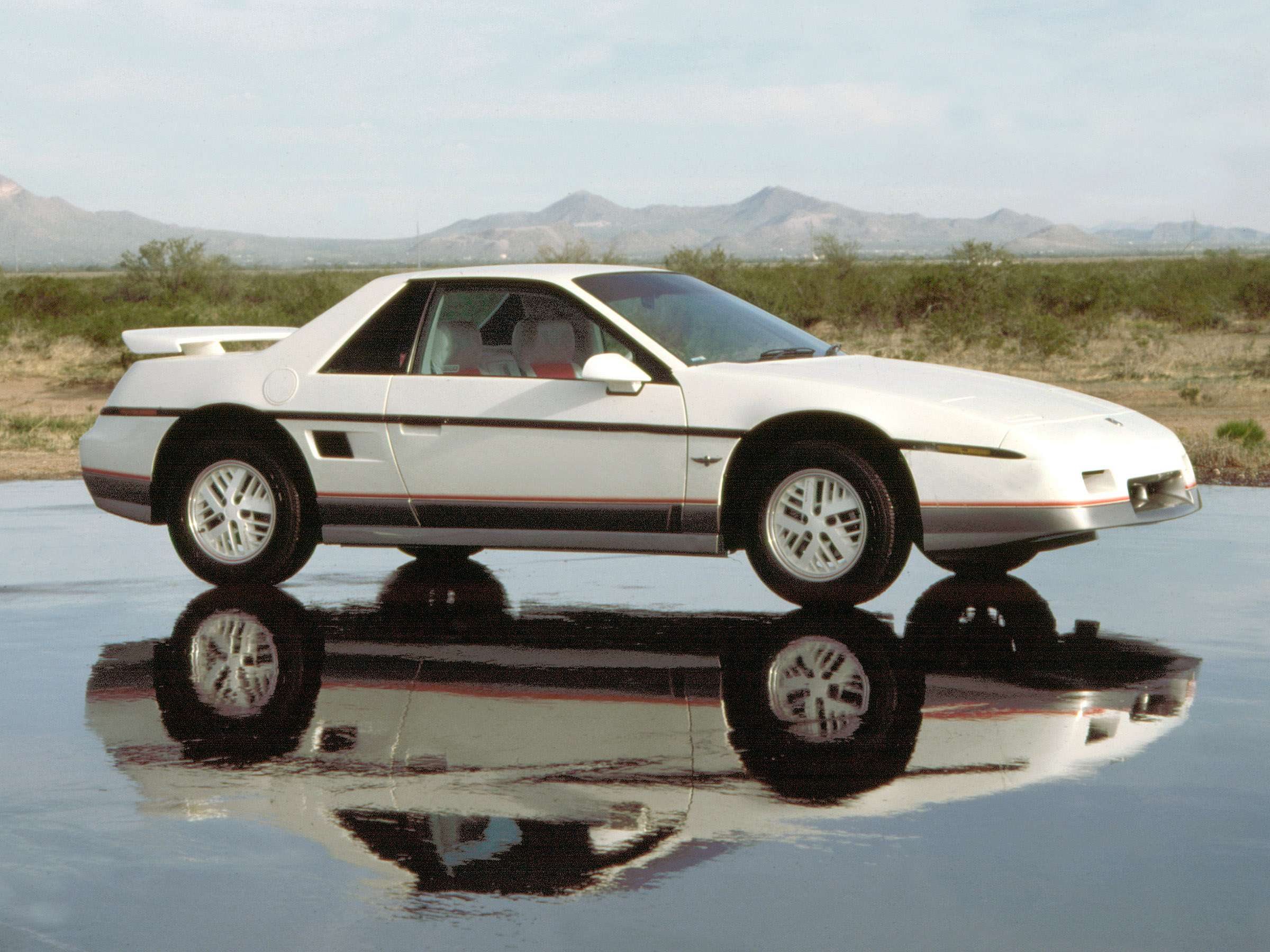
A 1984 Pontiac Fiero
Over at AMC, the work with Renault had produced a plan to sell Renault cars in America, in a similar deal to the one Peugeot and Chrysler had signed. Renault bought a 10% share in AMC as part of this, and as with Chrysler, AMC needed and wanted a good supermini to sell, and following the beginning of the sale of the AMC Cobalt, a rebadged (and American-built) version of the Renault Clio, launched in 1987. The Cobalt and the Dodge Colt made it so that the European hot hatch wars were coming to America, it showing in the arrival of the AMC Cobalt Williams and Chrysler Colt Indy in the early 1990s. Meanwhile, Renault and AMC worked out a new engine series to replace the aging PRV V6, which by the mid-1980s was being phased out at all three automakers. But the big scoop for AMC was their Jeep brand, and the introduction of the Jeep Cherokee in 1984.
This proved to be interesting timing, as the Cherokee came out a mere three weeks before the Dodge Durango, a Chrysler-badged version of the Matra Rancho from Europe, in the spring of 1984. Both were smaller SUVs than the big ones that had been sold in America for decades, and both were big sales successes from the start. The Cherokee was the better off-roader of the two (though the Durango could very easily hold its own), while the Durango was more livable on the road. Both beat the pants off of their much-bigger body-on-frame rivals, spurring the development of rivals from Ford and General Motors. Jeep's profits, Renault's help and the strong sales of the Spirit, AMX2 and following 1983 the Espace kept the company profitable and provided all of the resources needed for the revamp of AMC's mid-sized and bigger models. Despite some major misgivings by the French management and unions, The Renault-AMC alliance would prove to be just as beneficial as the Peugeot-Chrysler one, and in both cases the French automakers would learn much from their friends in Detroit, and the vice-versa was also true.
None of this was any benefit to Japan, either. In the semi-autobiographical book
Made In Japan, Sony's founder and chairman Akio Morita commented in quite a lot of depth about how Japanese culture and their way of thinking, a book that seemed to be about Japan's success in export fields. It drew a response from Lee Iacocca and Mitt Romney, the book
Talking Straight, where Romney and Iacocca pointed out that one of the people most influential with Japan's modern auto industry was an American, W. Edwards Deming, who had taught the Japanese much - and many of those lessons had been absorbed in Detroit, too. It was also pointed out that Japan was aggressive in sales tactics and had over the years built extensive trade barriers to its own lucrative domestic markets. Despite the comments,
Talking Straight refused to bash Japan in general.
"
The Japanese turned a nation destroyed by war into an economic powerhouse in a generation, as much as their tactics played a role in that, if they had not produced excellent products, they would have never been able to take off to such a degree as they have. They are worthy of respect. But one of the advantages of today's modern world is that they taught us here in Detroit many lessons, and we now know about all of the flaws we had once been guilty of. And now, we produce products to as great if not a greater quality than theirs, and we have no issue with them selling cars in America, quite the contrary. Lee said "If you find a better car, buy it." Mitt said "We want customers to make great choices, because we believe in what we build." That's how American automakers are now, and Japan had better be prepared for it, because the American worker is the equal of any on Earth, and we're proving it now."
-- Lee Iacocca, Mitt Romney and Sonny Kleinfeld,
Talking Straight, 1988
By the middle of the 1980s, other new tech was rolling into Detroit with a vengeance. Even beyond the development of fuel injection and modern engines, some other new and interest ideas came out in the 1980s, and this was hardly limited to one automaker. General Motors' purchase of Hughes Electronics in 1982 saw Hughes work out the development of Cadillac's proposed cylinder-deactivation technology, the V8-6-4, which entered the market first with the Allante luxury sports car in 1985 and soon spread across the range of V8 engines produced by General Motors. Likewise, while most of the American makers began using Bosch fuel injection in the 1970s, by the 1980s they all had their own systems - and Chrysler and Peugeot went a step further in the late 1980s with high-pressure direct-injection for gasoline engines, a technology which began to bear fruit in the early 1990s. The cylinder-deactivation idea from GM was soon also a topic of discussion in the rest of Detroit and soon the world, as while it had little effect on stop-start city driving, in the larger and heavier Cadillac models it had a substantial difference in highway fuel efficiency. Chrysler, by contast, hooked up substantially with Peugeot and Cummins in the development of diesel engines for cars and light trucks, figuring that they could better GM's fuel efficiency claims. All of the automakers were able to clear the CAFE fuel economy legislation - GM cleared it by a little, Ford and Chrysler by some and AMC by a lot - but by 1985 the idea of fuel economy was one which lots of consumers paid attention to, and along with the continuing demand for mid-sized and larger cars and the developing truck and SUV trends, it meant that if Detroit was not give an opening to the imports, they needed to be on the R&D ball pretty much all the time.
But all four of the companies, quite profitable through the 1980s, were ready for the challenge - and Washington's passing of its universal healthcare legislation, contrary to the doom-and-gloom predictions of its opponents, proved to be a godsend to heavily unionized Detroit. It reduced the healthcare costs of the Detroit automakers by nearly 20% in a two-year period, a cost-savings worth billions. This also was true across much of America's industrial sectors, and it would be noted by demographers that through the 1980s and 1990s America's collective health levels grew considerably, attributed in part to the fact that the new system allowed one to see a doctor or get treatment without fear of the costs - and it would also be found that this reduced the costs of care, as many more health problems were caught earlier, before they became serious issues.
These changes, combined with the growth in the economy of this period, led to much of the 1980s being called "the decadent times". Strong economic growth in much of the Western World helped with this, and it was a time where it also became clear where the world's lines were drawn. Japan's economy grew into an immense bubble in the 1980s, and while the trouble that this caused would become very clear later on, it was a world that allowed Japanese companies to jump into America in a big way, and it showed in the actions of the Japanese automakers and industrialists, who bought up huge amounts of American real-estate and industrial assets, which gave them move influence in America but also had the effect of causing problems for them later on. It also led to American automakers starting sales in Japan, though that country's level of red-tape and protectionism at the time drove the Detroit makers nuts. Still, for higher-priced cars in the bubble economy, it was worth it in a great many cases. Japan's rise into the leagues of world powers in economic terms had been a long time in coming, but by the 1980s it was very real, and it would show in the future....
